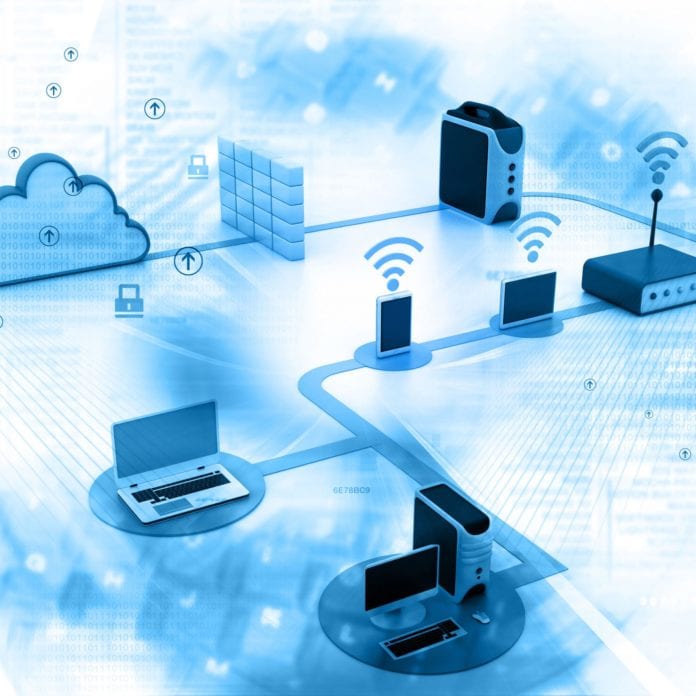Subscribing, rather than paying for infrastructure, changes the value proposition
As more and more customers seek cloud services, we are entering an ‘Anything as a Service’ or XaaS era. The traditional cloud service models are giving way to a growing trend of new and vast products and tools related to cloud computing and remote access. XaaS is providing the telecom industry with a profound opportunity to offer a broader range of services to customers than ever before.
Pay as you go isn’t a new idea. The old aphorism applies: Why buy the cow when you can get the milk… well, if not free, at a predictable monthly expense? The consumption model of cloud computing has engendered a cultural change in enterprise operations, which is helping to accelerate the XaaS trend.
It’s an emphasis away from huge corporate investments in infrastructure, personnel and processes that require a constant influx of corporate capital to maintain. XaaS is a more flexible consumption model than a one-time upfront purchase or expensive license. Instead, businesses pay for the IT services they need based on what they use. That’s typically through a subscription or pay-per-use model. It’s advantageous for many businesses to simply pay for what they need, and the rise of public cloud infrastructure and services has enabled that to happen.
For customers, it’s convenient and cost-effective. XaaS models give businesses a high degree of on-demand scalability. Businesses can streamline IT and administrative processes into the cloud with lower operational costs. For the businesses providing services, customers aren’t one-time purchasers or licensees; they’re subscribers.
The XaaS landscape is changing
Despite the presence of some heavy hitters, the market is still in a very formative state. New startups and ventures from established players exploring new opportunities in the space pop up on a seemingly daily basis. There’s been no end to the permutation of truly “anything” as a service.
Today’s landscape is a three-legged stool built on three key “as a Service” segments: Software as a Service (SaaS), Infrastructure as a Service (IaaS) and Platforms as a Service (PaaS). Gartner projects SaaS spending to exceed $145 billion in 2022, dwarfing other market segments.
In fact, the SaaS market is already populated with some dominant brands which have existed before cloud computing or everything as a service existed in its present forms. Salesforce as a Customer Relationship Management (CRM) platform, for example, or SAP as an Enterprise Resource Planning (ERP) platform. SaaS also includes giants like Microsoft, with its ubiquitous Office 365 service, and Adobe, with Creative Cloud.
SaaS businesses like Salesforce and SAP rose to prominence during the last era of corporate computing. Before the cloud dominated, enterprise business software centered around Application Service Providers (ASPs). ASPs provided services in their own siloed data centers. The successful ones, like Salesforce and SAP, saw the scale and reach that migrating to a cloud-centric model provided and made the pivot. Many did not.
Hyperscalers created the XaaS infrastructure and landscape by developing their public cloud infrastructure. Hyperscalers are, of course, also only too happy to populate that landscape with their offerings to meet customer needs.
5G provides a blank XaaS canvas
This is the lesson for telecom operators. “Anything as a Service” presents a new landscape of opportunities as more customers migrate to 5G. In the same way that hyperscalers were able to build a public cloud infrastructure and populate it with services to enrich the customer experience, telcos have an opportunity with 5G and XaaS to capture more meaningful business without resorting to the “dumb pipe” model.
Verizon’s Network as a Service offering is a good example. Verizon combines connectivity, technology and management into a single solution that’s packaged for enterprises looking for private and secure corporate communication. While the solution was originally developed for pharmacy chain Walgreens, it’s seen broad success, especially as more companies pivot to “hybrid work” environments to accommodate a labor workforce that wants flexibility in where to work — home, office or the road.
Whether it’s Networking as a Service, Software-Defined Wide Area Networking (SD-WAN) deployments, cloud security like Secure Access Service Edge (SASE), adopting agile development and operational principles aligned with cloud native computing concepts provides a framework for operators to increment, test and deploy new services for customers to see what works and what doesn’t.
For more information on Anything as a Service, download this free report.

